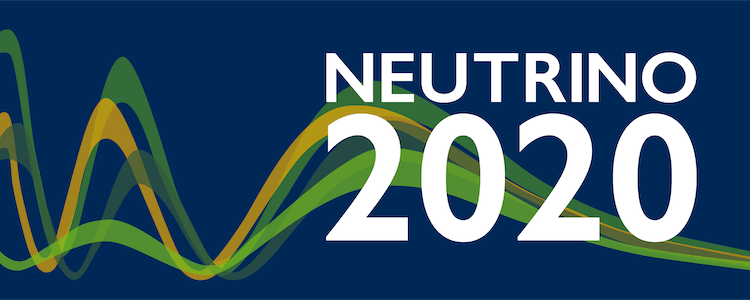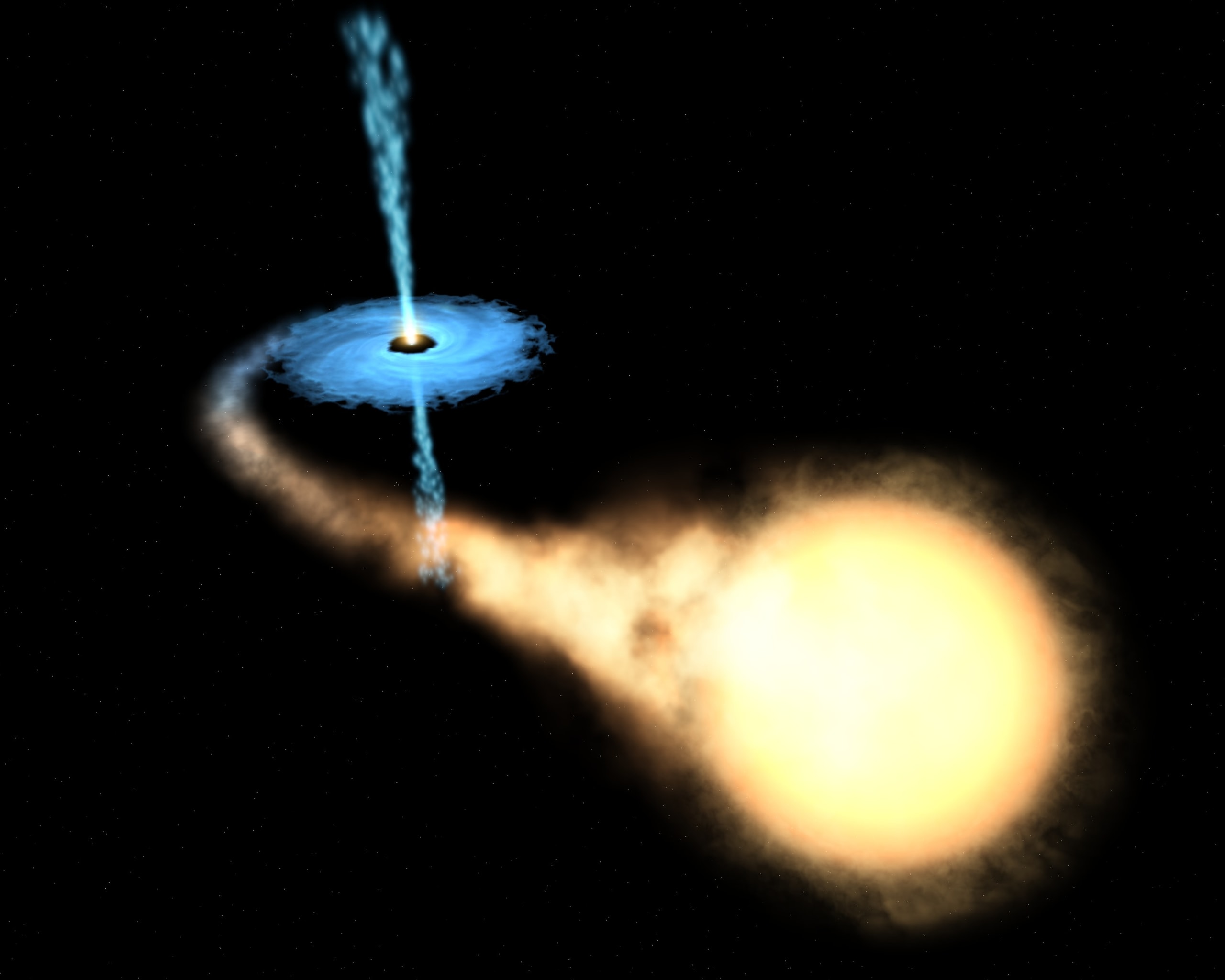Today kicks off the second week of the 29th biennial Neutrino conference, the world’s biggest conference in neutrino physics. Due to the coronavirus pandemic, Neutrino 2020 is being held virtually over the course of two weeks, starting last Monday, June 22, and ending this Friday, July 2. According to a press release by the Department of Energy’s Fermilab, host of Neutrino 2020 alongside the University of Minnesota, “The change has allowed triple the typical number of participants to sign up for the conference and resulted in an increased number of abstracts submitted for the poster session.”

The IceCube Collaboration has a robust cohort presenting at the conference. Three IceCube collaborators will give plenary talks, and there are 30 virtual posters by collaborators.
IceCube’s PI, Francis Halzen of the University of Wisconsin–Madison, gave the first headline talk of Neutrino 2020 on Monday, June 22, called “Neutrinos in the era of multi-messenger astronomy.” Halzen discussed the future role for neutrinos in multimessenger astronomy—the coordinated collection of different kinds of signals (such as those from gravitational waves) from beyond our solar system that, when combined, provide a new window to the cosmos.
Shortly after that, Summer Blot of DESY gave a talk titled “Neutrino oscillation measurements with IceCube” about physics with the IceCube DeepCore array, which, during its ten years of full operation, has provided a rich sample of atmospheric and astrophysical neutrinos that can be used to study a wide range of physical phenomena. In her talk, Blot discussed the latest measurements of atmospheric neutrino oscillations from IceCube DeepCore, which are performed at the highest energies and over very long baselines. And while IceCube hasn’t yet seen significant indications of new physics that these data can be used to search for, we have derived world-leading constraints on nonstandard interactions and sterile neutrinos. Blot also discussed the planning and construction of the IceCube Upgrade that, when deployed in 2022-23, will provide unprecedented sensitivity to atmospheric neutrino oscillations at the GeV scale and more generally enhance the overall science program of IceCube through improved detector calibration systems.
Tomorrow, Tuesday, June 30, Marcos Santander of the University of Alabama will present his talk, “Recent results in high-energy neutrino astrophysics with IceCube,” in which he will summarize recent results from IceCube’s neutrino astrophysics program and present an outlook for future developments. High-energy neutrinos are unique probes of the hadronic sky, and their observation enables searches for cosmic particle accelerators and provides a natural neutrino beam with energies and baselines far greater than what is available on Earth. IceCube’s observations of astrophysical neutrinos in the TeV-PeV range have been major breakthroughs for the field and have motivated a wide range of studies within IceCube aimed at characterizing the astrophysical flux. Searching for neutrino sources relies on identifying neutrino self-clusterings, correlating neutrino measurements in time and space with multiwavelength and multimessenger observations, and alerting the astrophysical community to new high-energy neutrino detections to enable counterpart identifications.
The following lists the posters being presented on behalf of the IceCube Collaboration. Some presenters created two-minute videos to accompany their posters, viewable by clicking the provided links. This list will be updated as more videos are uploaded.
155: Search for dark matter annihilation in the center of the Earth with 8 years of IceCube data by Giovanni Renzi, IIHE and Université Libre de Bruxelles [ poster ]
157: Deep Learning Classifier for Low-Energy Events in IceCube by Maria Prado Rodriguez, University of Wisconsin–Madison [ poster, video ]
159: Measurement of the diffuse muon neutrino spectrum using IceCube starting track events by Manuel Silva, University of Wisconsin–Madison [ poster, video ]
162: Preparing to Observe the Next Galactic Supernova with IceCube by Spencer Griswold, University of Rochester [ poster ]
164: Application of Convolutional Neural Networks to Reconstruct GeV-Scale IceCube Neutrino Events by Jessica Micallef, Michigan State University [ poster, video ]
165: Neutrino source searches and a realtime neutrino alert stream in the southern sky with IceCube starting tracks by Sarah Mancina, University of Wisconsin–Madison [ poster, video ]
167: Tau Neutrino Appearance with 8 years of IceCube Neutrino Data by Étienne Bourbeau, Niels Bohr Institute [ poster, video ]
168: Constraints on Neutrino Emission from Nearby Galaxies Using the 2MASS Redshift Survey and IceCube by Étienne Bourbeau, Niels Bohr Institute [ poster ]
177: Search for Light Sterile Neutrinos With Eight Years of IceCube Data by Carlos Argüelles, MIT [ poster, video ]
203: Measuring neutrino cross-section with IceCube at intermediate energies (~100 GeV to a few TeV) by Sarah Nowicki, Michigan State University [ poster ]
266: Search for Astrophysical Neutrino Transients with IceCube DeepCore by Chujie Chen, Georgia Tech [ poster, video ]
279: All-Sky Search for Neutrinos Correlated with Gamma-Ray Bursts in Extended Time Windows Using Eight Years of IceCube Data by Elizabeth Friedman, University of Maryland [ poster, video ]
280: Low Energy Astrophysical Transients with IceCube-DeepCore by Michael Larson, University of Maryland [ poster ]
305: Studying the AGN Radio and Neutrino correlation by Abhishek Desai, University of Wisconsin–Madison and Wisconsin IceCube Particle Astrophysics Center [ poster, video ]
320: Searching for neutrino decoherence from quantum gravitational space-time fluctuations with IceCube by Tom Stuttard, Niels Bohr Institute [ poster ]
339: Rapid response to extraordinary events with the IceCube experiment by Manuela Mallamaci, DESY and University of Padova, Italy [ poster ]
359: Real-time identification of short transient neutrino sources within the IceCube optical follow-up program by Richard Naab, DESY [ poster ]
364: Non-standard neutrino interaction search with IceCube DeepCore by Elisa Lohfink, Institut für Physik, Universität Mainz [ poster, video ]
402: Search for Neutrino Emission from X-ray Binaries with IceCube by Qinrui Liu, University of Wisconsin–Madison [ poster, video ]
409: The IceCube-Gen2 Neutrino Observatory: A Window to the High Energy Universe by Brian Clark, Michigan State University [ poster ]
458: Searching for high-energy neutrinos from core-collapse supernovae by Jannis Necker, DESY [ poster, video ]
466: Indirect search for dark matter in the Galactic Centre combining ANTARES and IceCube by Sara Rebecca Gozzini [ poster ]
476: Constraining astrophysical interpretations of ANITA events with IceCube by Alex Pizzuto, University of Wisconsin–Madison and Wisconsin IceCube Particle Astrophysics Center [ poster, video ]
481: Searching for Neutrino Counterparts to Gravitational Wave Events from LIGO-Virgo’s O1, O2, and O3 Observing Runs by Raamis Hussain, University of Wisconsin–Madison and Wisconsin IceCube Particle Astrophysics Center [ poster, video ]
496: Detecting EeV tau neutrinos at PeV energies with IceCube by Ibrahim Safa, Harvard University and Wisconsin IceCube Particle Astrophysics Center [ poster, video ]
514: Low-Latency Algorithm for Multi-messenger Astrophysics (LLAMA) search for common sources of gravitational waves and high-energy neutrinos by Doga Veske, Columbia University [ poster, video ]
529: Light Unstable Sterile Neutrino Search in IceCube by Marjon Moulai, MIT [ poster ]
539: Time Variability Test for Candidate Neutrino Sources in IceCube by Pranav Dave, Georgia Tech [ poster ]
547: Atmospheric Neutrino Oscillations in IceCube DeepCore by Kayla Leonard, University of Wisconsin–Madison [ poster, video ]
626: Solar WIMP Search with 8 Years of IceCube Data by Jeffrey Lazar, University of Wisconsin–Madison [ poster, video ]



